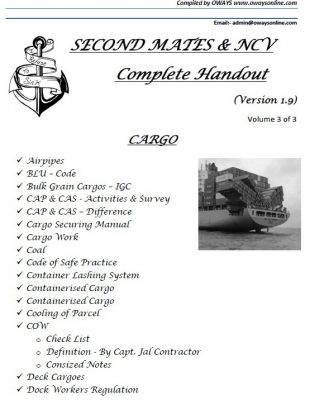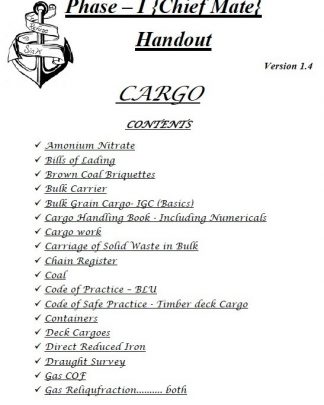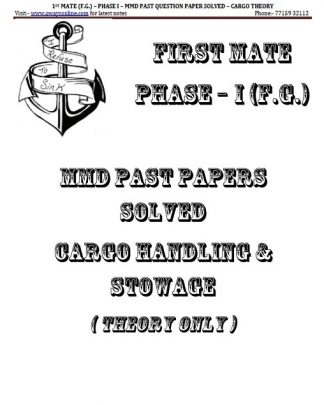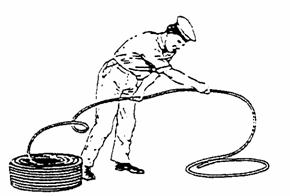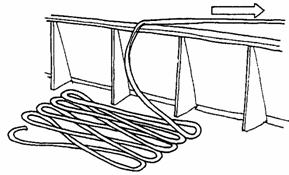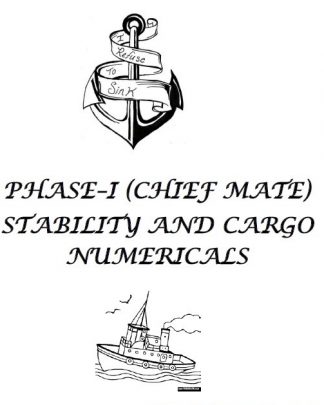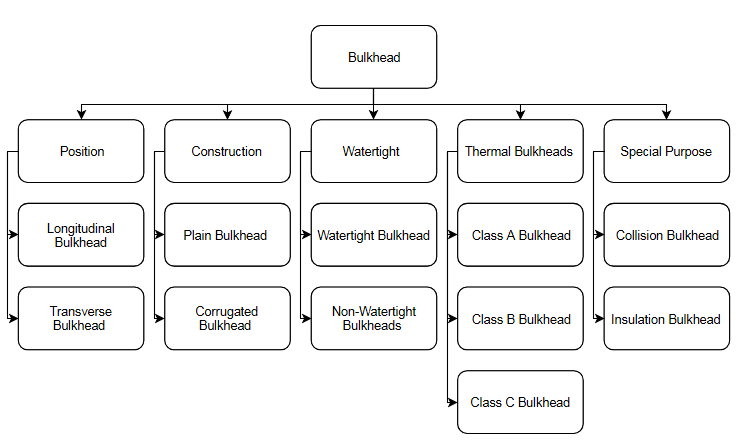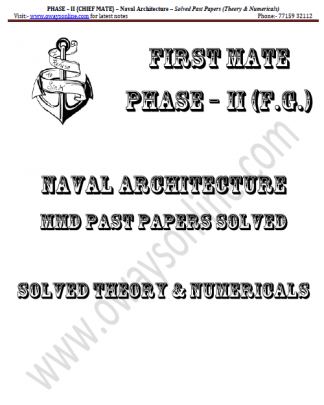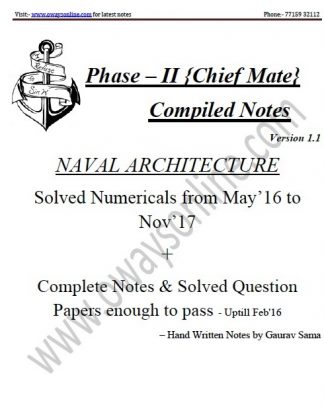Definitions as per ILO Conventions occupational Safety and Health Convention 1990, applicable to ships:
“Authorised person“ means a person authorised by the employer, the master of the ship or a responsible person to undertake a specific task or tasks and possessing necessary technical knowledge and experience for undertaking the task or tasks.
“Responsible person“ means a person appointed by the employer, the master of the ship, the owner of the gear or port authorities, as the case may be, to be responsible for the performance of a specific duty or duties and who has sufficient knowledge and experience and the requisite authority for the proper performance of the duty or duties.
“Loose Gear” means hook, shackle, swivel, chain, sling, lifting beam, container speader, tray and any other such gear, by means of which the load can be attached to a lifting appliance and includes lifting device.
“Competent Person” means.-
(i) a person belonging to a testing establishment in India who is approved by the Chief Inspector for the purpose of testing, examination or annealing and certification of lifting appliances, loose gears or wire ropes;
(ii) any other person who is recognised under the relevant regulations in force in other countries as competent for issuing certificates for any of the purposes mentioned in sub-clause (1) for the implementation of the Protection against Accidents (Dockers) Convention (Revised), 1932 (No. 32) and the Convention concerning Occupational Safety and Health in Dock Work (No. 152), 1979, adopted by International Labour Conference.
“Powers of Inspector” Powers of Inspectors.-(a) An Inspector may at any port for which he is appointed-
(i) enter, with such assistance, (if any), as he thinks fit, any ship, dock, warehouse or other premises, where any dock work, is being carried on, or where he has reason to believe that any dock work is being carried on;
(ii) make examination of the ship, dock, lifting appliance, loose gear, lifting device, staging, transport equipment, warehouse or other premises, used or to be used, for any dock work;
(iii) Require the production of any testing muster roll or other document relating to the employment of dock workers and examine such document;
(iv) Take on the spot or otherwise such evidence of any person which he may deem necessary:
Provided that no person shall be compelled under sub-regulation 3 (a) (iv) to answer any question or, give any evidence tending to incriminate himself;
(v) take copies of registers, records or other documents or portions thereof as he may consider relevant in respect of any offence which he has reason to believe has been committed or for the purpose of any inquiry;
(vi) take photograph, sketch, sample, weight measure or record as he may consider necessary for the purpose of any examination or inquiry;
(vii) hold an inquiry into the cause of any accident or dangerous occurrence which he has reason to believe was the result of the collapse or failure of any lifting appliance loose gear, transport equipment, staging non-compliance with any of the provisions of the Act or the regulations;
(viii) issue show-cause notice relating to the safety, health and welfare provisions arising under the Act or the regulations;
(ix) prosecute, conduct or defend before any court any complaint or other proceedings, arising under the Act or the regulations;
(x) direct the port authority, dock labour board and other employers of dock workers for getting the dock workers medically examined if considered necessary.
(b) A person having general management and control of the premises or the owner, master, officer-in-charge or agents of the ship, as the case may be, shall provide such means as may be required by the Inspector for entry, inspection, examination, inquiry, otherwise for the exercise of his powers under Act and the regulations in relation to that ship or premises which shall also include the provision of launch or other means of transport.
The term “Lifting Appliances” covers all stationary or mobile cargo-handling appliances used on board ship for suspending, raising or lowering loads or moving them from one position to another while suspended or supported.
“Responsible person” means a person authorized to permit entry into an enclosed space and having sufficient knowledge of the procedures to be established and complied with on board, in order to ensure that the space is safe for entry.
